Jim Zuckerman’s
P H O T O I N S I G H T S
May 2024

Correcting wide angle distortion
AWB versus Daylight WB
Shooting through glass
Photography quiz
Photo tours
Ask Jim
Student Showcase
Back issues
Table of Contents
4. Correcting wide angle distortion
. AWB versus daylight white balance
14. Shooting thru glass
17. Photography quiz
19. Jim’s eBooks
22. What’s wrong with this picture?
25. Short and sweet
27. Ask Jim
28 Photography tours
30. Student Showcase 36. Past issues
43. Subject index

On the cover: 18th century windmills in golden light at sunset, Kinderdijk, Holland. This page: Exotic species of tulips in Keukenhof Gardens, Lisse, Holland.
2

Orn my recent photo tour to Holland and Belgium, a client asked me why I was handholding the camera and not using a tripod when we were shooting twilight. My response had everything to do with noise. Current digital and mirrorless cameras are so good now that we can raise the ISO to dizzying heights and still get great pictures. Most of my twilight shooting was done between 3200 and 5000 ISO. Yes, there is still some noise, but after I apply Topaz DeNoise AI and then Topaz Sharpen AI, the pictures look great.
There are three other factors at play as well. At my age, I want to lighten the load I carry. For 40 years I carried a 45 pound backpack when I traveled. Over time, I developed lower back issues. So, I am trying to avoid back surgery in carrying less gear. In addition, I don’t make large prints. All my photos now are for the website, the eBooklets I send out to clients before a tour, and social media. I don’t need a tripod for that. Finally, I am no longer making my primary income from stock photography. If I still were, I’d be using a tripod and shooting at 100 or 200 ISO.
I find that walking around without a tripod enables me to shoot more, and I can be much more mobile, flexible, and creative. If I want to use long exposures to blur traffic lights, etc., then a tripod is needed. And, once it gets dark, a tripod is essential. But there is still enough ambient light at dusk and twilight to handhold the camera and get perfectly acceptable images.
Jim Zuckerman
photos@jimzuckerman.com www.jimzuckerman.com
3
WIDE ANGLE DISTORTION C o r r e c t i n g
Photographers are accustomed to keystoning -- the angling inward of vertical lines in our pictures. We see this all the time when shooting architecture, tall trees, and even people when captured from a low angle. We accept this as reality, as how our lenses record what we see, but it’s not reality at all. Camera club judges get all bent out of shape when you replace a sky in Photoshop, but taking pictures of buildings that look like they are about to fall over is not a problem at all for them.
For me, most of the time keystoning looks terrible. A case in point is the fanciful and creative architecture, below, in Zaamdam, Holland. The structure at the far left looks ridiculous in my opinion. On the other hand , I feel the shot of the Church of Our Lady in Bruges, Belgium on the next page looks dynamic, and the angled perspective adds to the striking visual impact of the medieval architecture.
I realize my interpretation of these images is subjective, and you may disagree. But if you want to correct severe keystoning, read on and

4

I’ll explain how to do it.
If the keystoning in an image isn’t severe, you can correct it easily in Adobe Camera Raw or Lightroom. In the latest version of ACR, Adobe’s ‘Annoying Committe’ moved the geometric correction from where it’s been for decades to a new location ... just to annoy us, I’m sure. It now resides under the crop tool icon shown by the red arrow at right. When you click this icon, the ‘Geometry’ option opens as you can see in the blue box at right. Of the five choices (the far left icon restores the original image), I find the ‘A’, denoted by the green arrow, does the best job of correcting angled vertical and even horizontal lines.
However, if keystoning in your image is significant, you have to use a method in Photoshop to make the corrections.

5
The command in Photoshop that addresses this issue is Edit > transform > distort. Before you can use this command, however, you have to select the entire photograph with Select > all. If you forget to do this, the Edit > transform > distort option will be grayed out.
Once the distort command is chosen, small boxes appear in the corners of the image and midway between the four corners. You can drag these boxes in any direction. To correct vertical keystoning, they have to be dragged to the left and to the right. Sometimes in doing this the building becomes disporportionately shorter. If this happens, you’d drag the left and/or right box not only to the left or right, respectively, but also upward.
If find it very helpful to show not only the
photograph within the Photoshop working area, but the background as well. This allows you to see the outer border of the distort tool as shown in the screen capture, below.
When stretching and distorting an image to correct keystoning, some of the subject matter is lost at the left and right edge of the frame. You can see in the original picture on page 4 there was a small, red-roofed building at the far left, and at the far right more of the window could be seen. Those elements were cut off in large part due to the manipulation of the image with the distort tool. In this instance, the loss of that material wasn’t a problem. Sometimes, though, important compositional elements can be lost if they are too close to the edges of the frame.
There are two things you can do to address that problem.

6
The Birds of Costa Rica
May 13 - 23, 2024y 13 - 23, 2024


7
Boat-billed heron
Violetear hummingbird
First, you can compose the original photograph with extra space. This gives you expendable material on either side of the image.
Second, you can use generative fill to create extra space on the left and right sides of the frame.
Study the image at right. I shot this in Gent, Belgium. If I were to apply Edit > transform > distort to this facade, the statue at the far left would be so close to the edge of the frame it would look bad. In addition, the window on the far right, which is only partially seen, would be completely lost as the vertical lines were straightened.
To deal with this, I used the crop tool and expanded the canvas area around the image as shown below. Note the red arrow -- it points to a submenu that reads ‘generative expand’. When you try this, make sure of the three options available when the crop tool is selected,

this is the option that is chosen.
Hit the return (or enter) key twice and the AI aspect of generative fill goes to work and creates more image area on both sides of the photo. The result in this example can be seen at the top of the next page. This gives you the ability to correct the vertical lines without worrying about losing image area. Even if the new parts of the image don’t duplicate the subject exactly, it doesn’t matter because these areas will be cropped out of the

8

image when you use Edit > transform > distort.
The finished and corrected image is shown below. You can see how much more real and
attractive vertical lines are as opposed to angled lines. I do this with most, but not all, images of architecture especially when the subject is particularly impressive. §

9
AWB versus Daylight White Balance
There are so many things to think about when taking pictures that it’s amazing any of us get good results. Shutter speed, aperture, ISO, focal length, composition, lighting, white balance, subjet matter, focus point arrangment, frame rate, exposure, and more -- all of these decisions have to go through your mind quickly if a subject is moving or methodically if you have the luxury of time.
This is the reason I rarely change my white balance. It’s one less thing to think about when
shooting fast. The question to ask, though, is what white balance setting should be used most of the time?
Most of the clients who travel with me on my photography tours use auto white balance, or AWB. It makes sense to assume this is the best choice, reasoning that this setting produces the best color in the most diverse situations.
I agree, with one caveat. When you shoot sunrises or sunsets, the AWB setting ‘corrects’ the golden tones to a more neutral color. In other
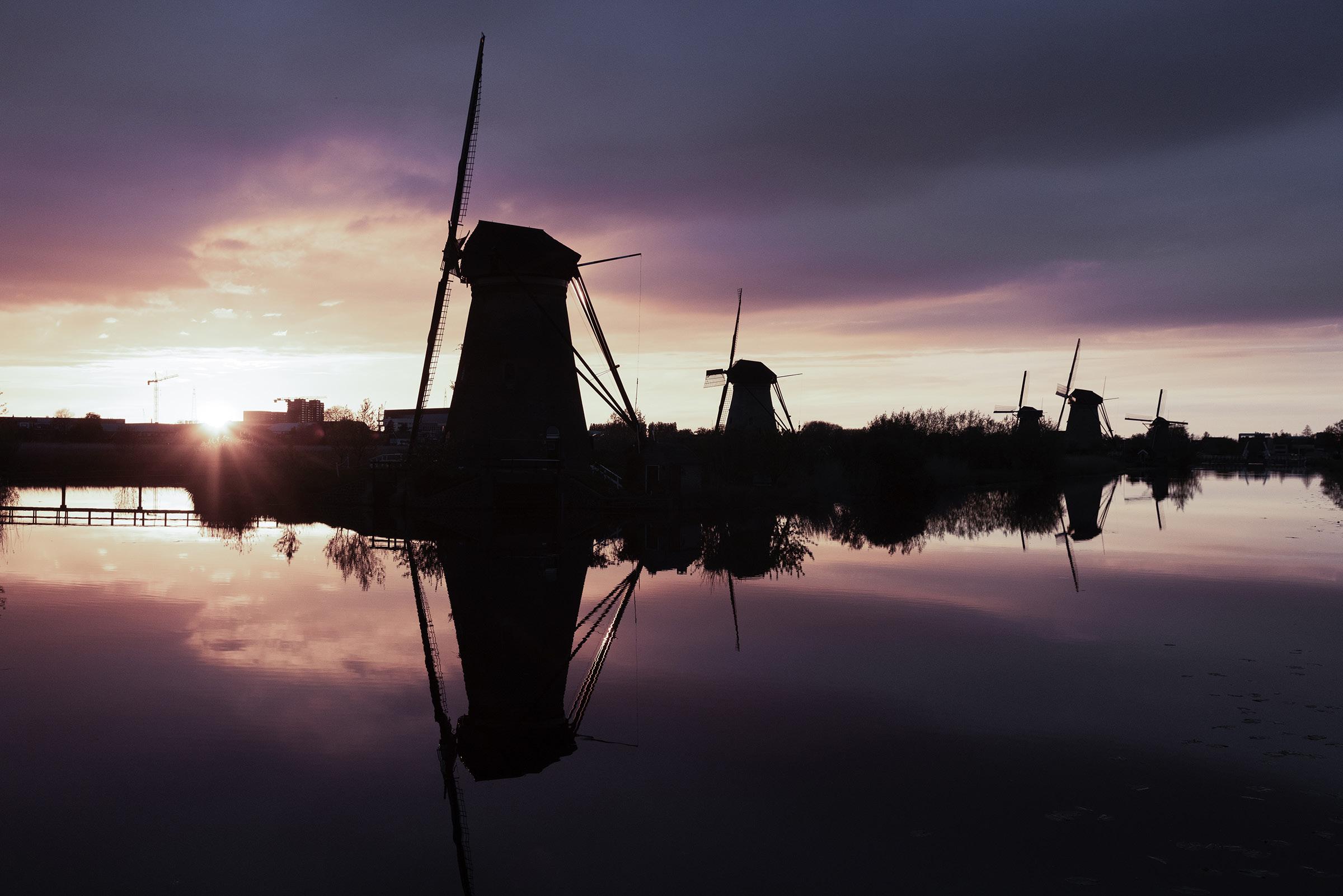
10
words, the golden tones we love to capture when the sun is close to the horizon are made to look like midday light. The long shadows are present and texture is pronounced due to the low angle of the sun, but the colors look bland and boring instead of red and yellow.
The shot of windmills in Holland, below, shows what I’m talking about. The photo on the previous page was taken with AWB, while the one below was shot with daylight WB. This is why I leave the white balance in my camera on daylight (some manufacturers use the word ‘sunny’) white balance for all of my outdoor shooting. This setting always reproduces the rich golden hues we love to see.
Can you correct color balance in post-processing? Yes, of course, but I like to see the accuracy of the colors I’m capturing on the LCD screen. Shooting in auto white balance means
when you are dealing with sunrise or sunset colors, you won’t see the true beauty of the images until later, when you are on the computer.
In deep overcast and shade environments, daylight WB makes images look bluish. I could switch to ‘cloudy’, but again, that’s one more thing to think about, and it takes time. In so many situations, time is of the essence and I don’t want to waste it on changing the white balance. For these situations, I’m willing to adjust the color in Adobe Camera Raw or Lightroom to taste. Sometimes I like the blue cast, and sometimes I move the temperature slider to the right to produce warmer tones.
When shooting in the middle of the day, AWB and daylight WB produce the same color balance. It’s only at sunrise and sunset, or when shooting indoors with artificial light, that you’ll see a big difference between the two. §

11
Shooting Thru Glass
Given a choice, no photographer wants to shoot through glass if he or she can avoid it. Somemtimes there is no choice, however, and it’s good to know how to maximize image quality when the only option is to deal with glass.
A case in point is the aerial shot of the Tower Bridge in London, below. On my England and Wales photo tour, I shot this from a restaurant ton the 31st floor of a highrise. Modern commercial buildings don’t have balconies, so I was left with no option other than taking the pictures through glass.
The technique
1. The back of the camera, i.e. the plane of the digital sensor, should be as parallel as possible to the plane of the glass. This isn’t always doable especially when you need to angle the camera for a particular composition. However, keep in mind that as the plane of the sensor becomes more and more oblique to the glass, image quality decreases.
In highrise buildings, sometimes the windows are exactly perpendicular to the ground and sometimes they are angled. The building from

12
Ethiopia Photo Tour
Jan. 21 - Feb. 3, 2025


13

which I took the picture of the Tower Bridge had vertical panes of glass, but to get this composition I had to angle the camera downward. There was simply no other way to get this shot.
I had a similar challenge in shooting Chicago at twilight from the Sears Tower, above. The windows on the side of the building were facing due east, but I wanted a composition that was northeast from the building. That meant I had to angle the lens about 45 degrees to the glass, and that hurt picture quality. This was not ideal, but I had no choice if I wanted that composition.
2. Make sure the glass is clean. In a situation like shooting from the Sears Tower, the only control you have is to clean the glass from the inside. However, when I captured the blue grosbeak at a feeder that was mounted
just outside my office window shown on the next page, I was able to clean both sides of the glass. I purposely photographed through the closed window so my presence wouldn’t frighten the birds who came to feed.
3. Use a large lens aperture like f/5.6 or so. If there are any imperfections on the glass like dust, smudges, or scratches, they won’t show up when using large lens apertures.
4. Use telephoto lenses when possible. Long lenses have a narrow coverage, and this means there is less chance of capturing reflections in the glass that interfere with and detract from the subject matter.
5. Place the camera and lens up against the glass when possible. This increases the shallowness of the depth of field, and it also largely
14
blocks unwanted reflections in the glass from elements behind you. If you are shooting in an interior room at night, artificial lights become very distracting when they reflect in the glass. By placing the lens up against the glass, these reflections are mostly eliminated.
If you have to angle the lens to get the composition you want, there will be a space between the lens and the glass. This will allow distracting reflections to interfere with the images. In those cases, use a scarf, old t-shirt, or even a baseball cap to wrap around the lens as it presses up against the glass. This will eliminate all reflections from light sources behind you.
6. Airplane windows are the worst. It’s tempting to photograph through the windows of commercial jets when you see beautiful cloud formations or patterns on the ground like the river system I captured in the late afternoon
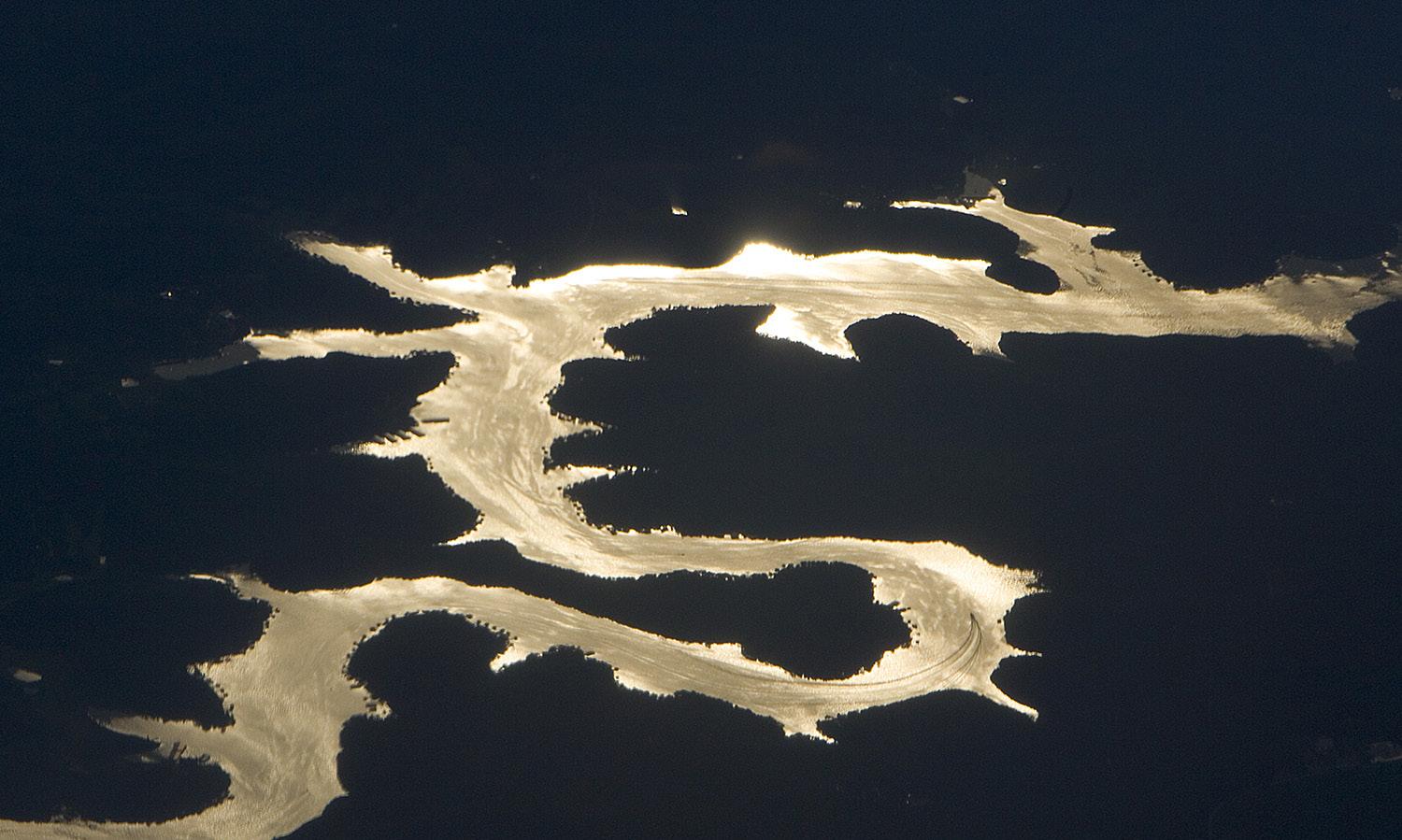
from 35,000 feet, above. Keep in mind,, though, that the windows in planes are not glass. Rather, they are optically inferior plastic, and there are two layers. Angling the camera even a little really degrades images. The only thing you can do to recover lost image quality is to use the Photoshop plugin, Topaz Sharpen AI. I would actually recommend this for all images taken through glass, but especially for shots from planes. §

15
Pantanal Photo Tour, Brazil
Jaguars in the wild, birds, caiman, otters and more
Nov. 9 - 17, 2025

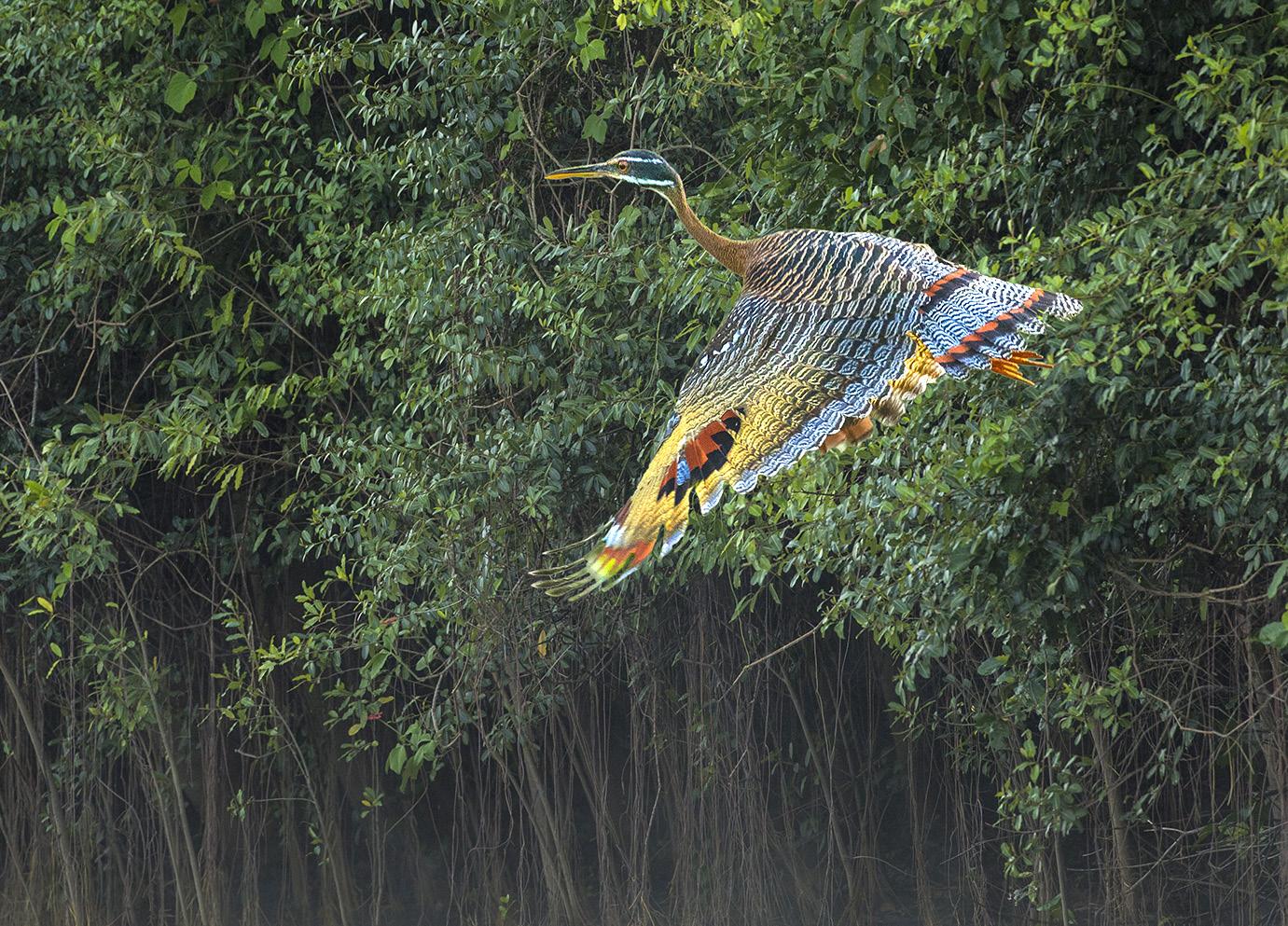
16
Photography Quiz
1. In the late 1880’s, before electronic flashes were invented, portrait and studio photographers often used ______ to illuminate their subjects:
a. firelight
b. gunpowder explosion
c. candle light
d. direct sunlight
2. The complementary color of yellow is:
a. Blue
b. Yellow
c. Green
d. Red
3. An example of transillumination is:
a. Light coming through leaves
b. Light coming through sheer fabric
c. Light coming through a seashell
d. All of the above
e. None of the above
4. A polarizing filter causes the loss of how many f/stops of light?
a. 2
b. 3
c. 4
5. The Inverse Square Law refers to:
a. Depth of field
b. Hyperfocal distance
c. Quadratic equations
d. Light falloff
6. From f/6.3 to f/4.5 is how many f/stops?
a. Onef/stops
b. One and one third f/stops
c Two f/stops
7. What camera setting affects noise:
a. Shutter speed
b. Lens aperture
c. ISO
d. All of the above
8. If you move a light source away from an object from, say, 10 feet to 20 feet, the light’s intensity is reduced by:
a. 1/3
b. 1/4
c. 1/5
9. Which temperature scale is used in photography to define white balance:
a. Celsius
b. Fahrenheit
c. Kelvin
10. Manual exposure mode is the best choice when shooting lightning:
a. True
b. False
17 Answers on page 46
UPCOMING PHOTO WORKSHOPS



Snowy Owl Workshop
Close up encounters with these beautiful birds of the North. Capture bird in flight shots in a snowy environment. Jim guides you in camera settings and technique to take the best pictures possible.
January 9 - 13, 2025
Frog & Reptile Workshop
Get upclose and personal with exotic and colorful dart frogs and primitive looking reptiles. This is a macro photography workshop. We use a ring flash or similar for outstanding nature images. This takes place in a hotel conference room with natural looking backgrounds. Held in Kansas City.
August 17 - 18, 2024
Carnival in Venice
Photograph amazing costumes in a Medieval environment. We shoot inside a 16th century palace, in an iconic gondola, in a stunning bedroom with traditional Venetian decor, and in other great locations. The photography as well as the experience is phenomenal.
February 23 - March 1, 2025
1919 10 w
18


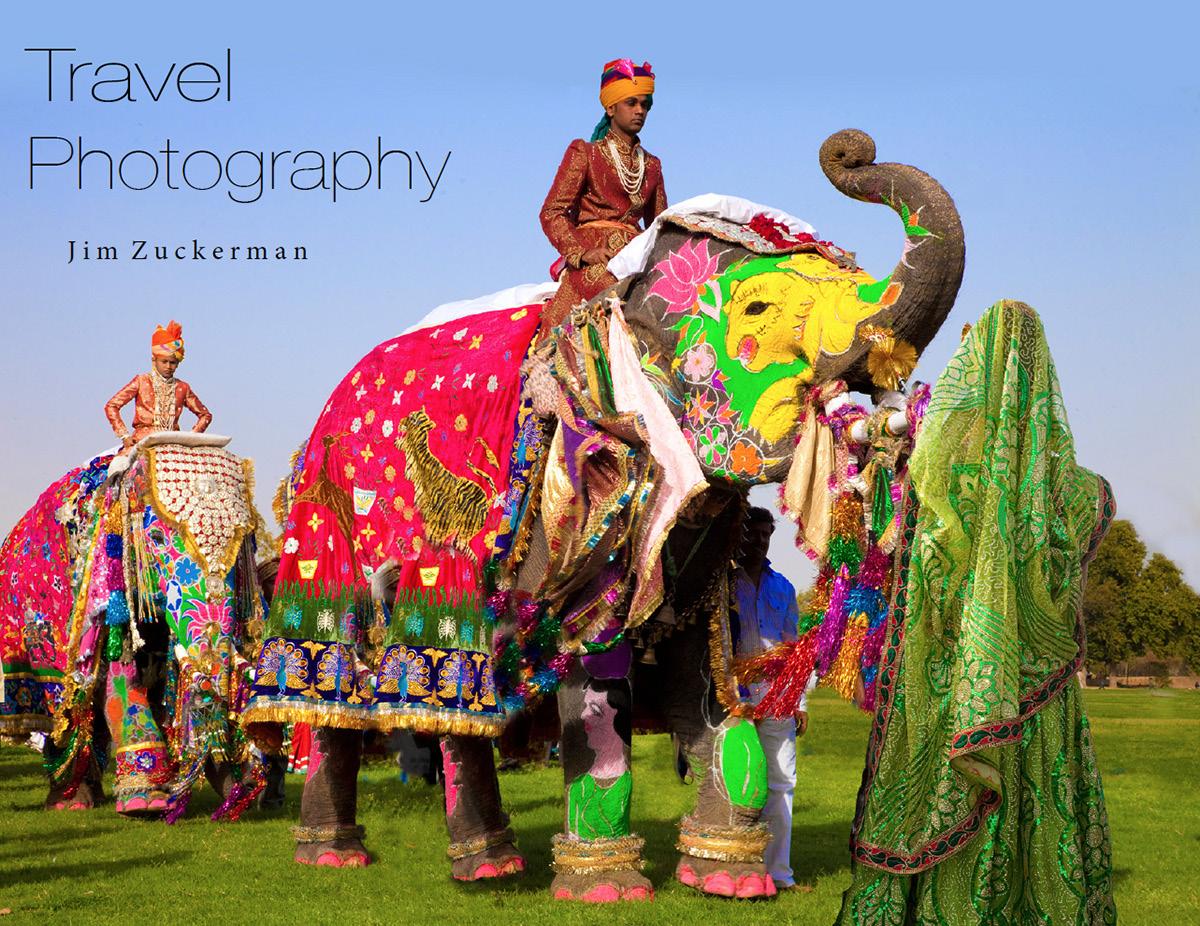

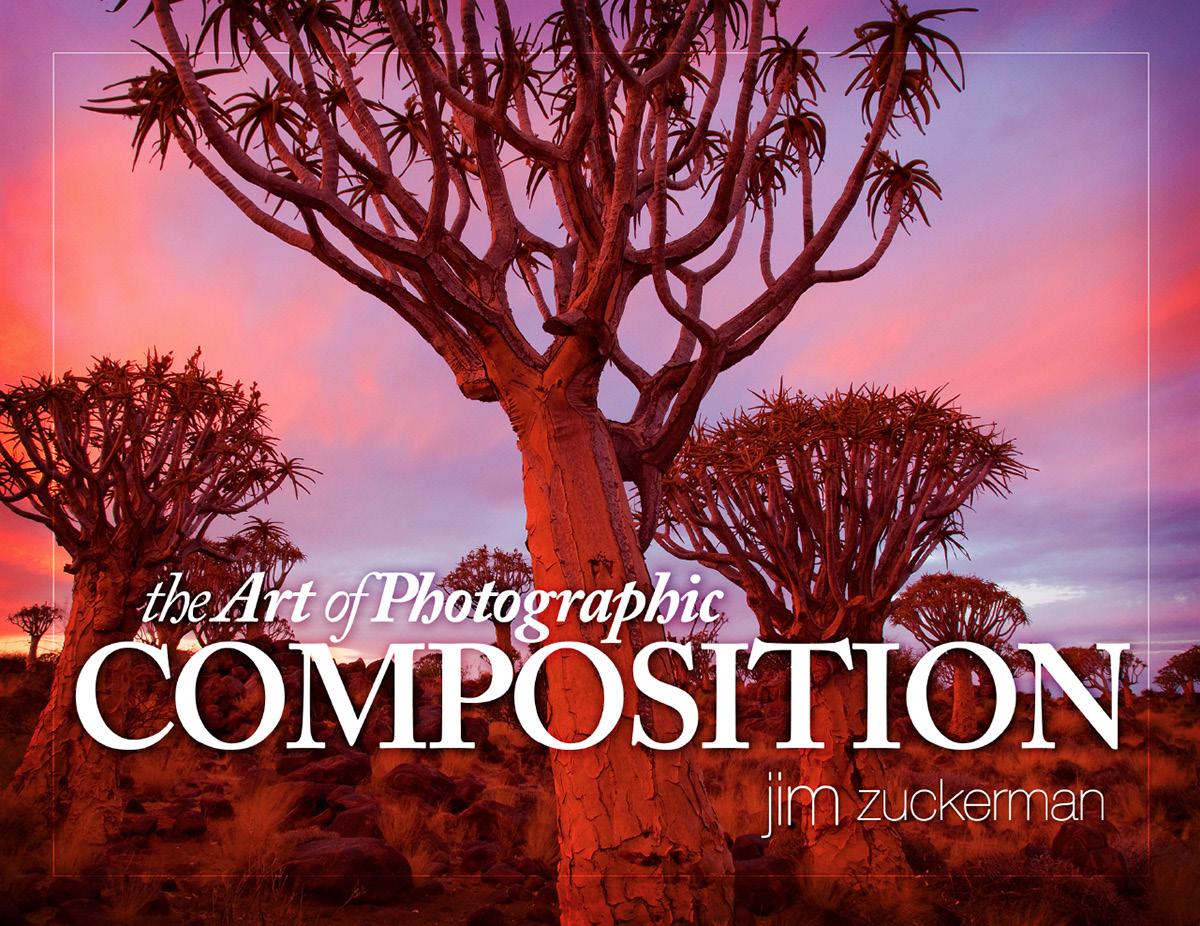

18 Expand your photographic artistry with eBooks
see inside 19
Click on any ebook to
eBooks
Click on any ebook to see inside

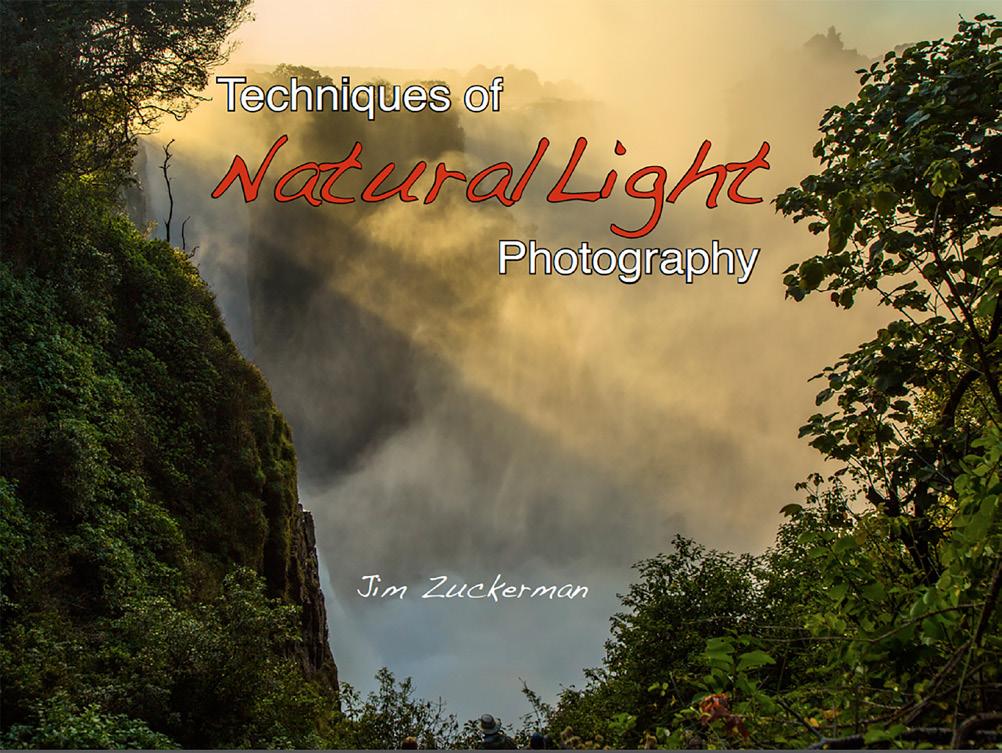



212321 212123 21 1919
continued
20
Mystical Swamps of Louisiana
October 29 - November 2, 2024


23
21
What’s wrong with this picture?

The eye is drawn to the lightest part of a picture first, and it’s hard not to keep noticing highlights again and again. Our eye just naturally wanders to the highlights. If the light area is not the subject, that means our attention is diverted away from the subject and toward a part of the picture that doesn’t deserve attention as much as the subject does.
In this shot of a cobblestone walkway in Gent, Belgium, sunrise lighting backlit a tree in the top left portion of the image creating a brilliant highlight. The rest of the image is muted, illuminated by diffused ambient light. I tried different compositions to eliminate that highlight, but I didn’t like any of them. The only solution in this case was to compose the picture as I wanted and then, in postprocessing, clone out the offending highlights.
22

In this version, I cloned the dark silhouetted tree at the far upper left over the backlit tree, thus eliminating the distracting highlight.
It can be challenging to work in such a small space in which the element being cloned isn’t very large. Repeating patterns can occur because you’re forced to clone over areas that were already cloned. When this happens, sometimes I look elsewhere and find material from other images. I’ll clone from one photo to another if I need to ‘borrow’ an element, like tree branches, to cover up distracting portions of an image.
For those of you who feel your Photoshop skills are not up to par, the solution in this case would have been to wait for a cloudy day or return to this spot before sunrise or after sunset. The backlit highlight would be gone. When traveling, though, this often isn’t an option, thus Photoshop is an invaluable tool to make a less-than-ideal photograph into one that works. §
23
Switzerland Photo Tour
September 16 - 24, 2024

24
SHORT AND SWEET
1. Experiment with white balance settings when shooting twilight and night photography. Daylight WB produces golden colors on architecture lit by artificial lights, while tungsten WB produces more natural colors as seen here. Both are acceptable -- it’s a subjective decision on your part.
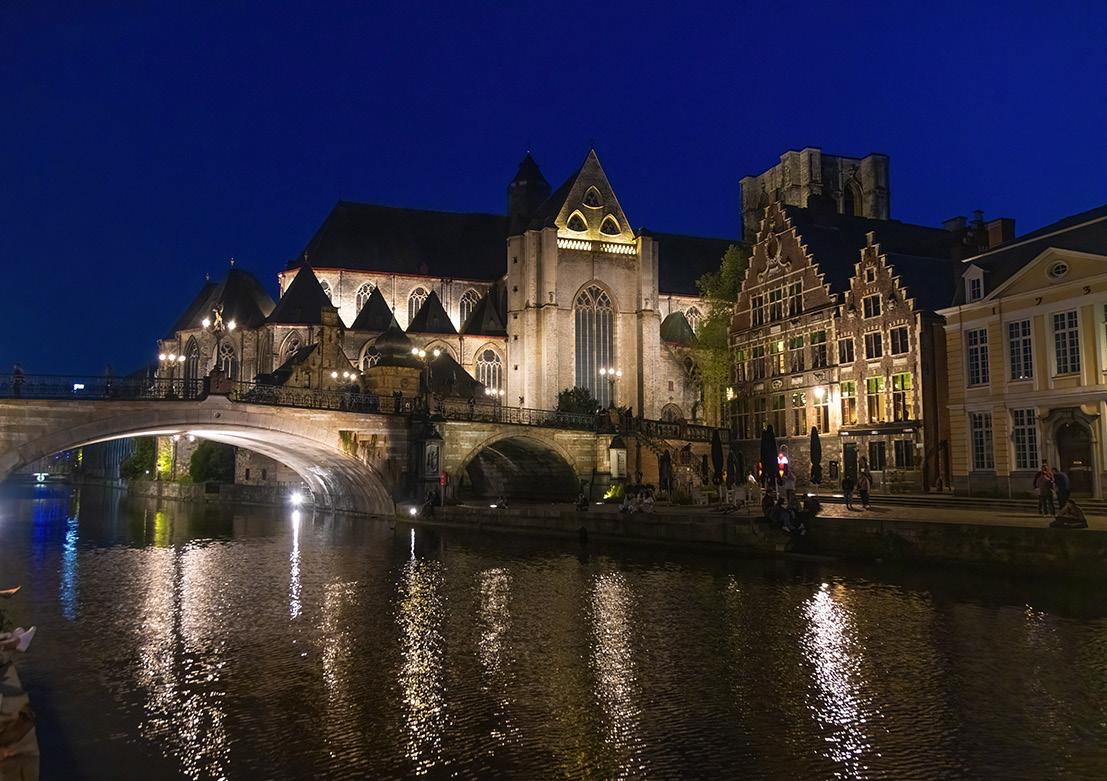
3. Get up early and go out and shoot when there are very few people on the streets. This is a very good idea in high tourist areas like Europe. When the streets are choked with people and vehicles, it’s hard to take good pictures. When streets are empty, like here in Gent, Belgium, the city looks beautiful.

2. Wind is the enemy of macro photographers, so if you can find a greenhouse with lots of flowers, take advantage of it because there isn’t any wind at all. I shot this exotic tulip in Keukenhof Gardens, Holland, in their huge greenhouse.

4. Combining a beautiful sunset sky with urban scenes taken at twilight produces visually arresting images. This is Zaandam, Holland, and the original sky was boring. Even though the architecture is unusual and eye-catching, without a great sky the image falls short of what it could be. §

24 25
England & Wales
September 4 - 14, 2024

26
ASK JIM
Every month, Jim answers a question from his online students, from people who participate in his tours and workshops, or from subscribers to this magazine. If you have a question you’d like Jim to answer, please drop him a note at photos@jimzuckerman.com.
Q: Jim . . . Do you think flashes damage paintings and tapestries? I know the conventional wisdom says they do, but I’d like your opinion. Luka Horvat, San Antonio, Texas
A: The average flash duration from portable flash units is about 1/1000th of a second. That means for one full second of light on a work of art, you’d need 1000 flashes. That’s not very much light. And when you step back a few feet, the Inverse Square Law states that light is diminished 4 times when the distance between the object and a flash is only doubled. I am not a physicist, but in my opinion, more ultra violet light (the type of light that fades and damages artwork) comes from large windows in museums, cathedrals, and other places that display art. In some places like Egyptian tombs, flash is prohibited but there are flourescent lights that emit UV radiation that are turned on all day, every day. In my opinion, people are not thinking clearly about this issue. §

27
Partial List of Photography Tours 2024 - 2025
BIRDS of COSTA RICA
May 2024

SWAMPS of LOUISIANA
Oct/Nov 2024
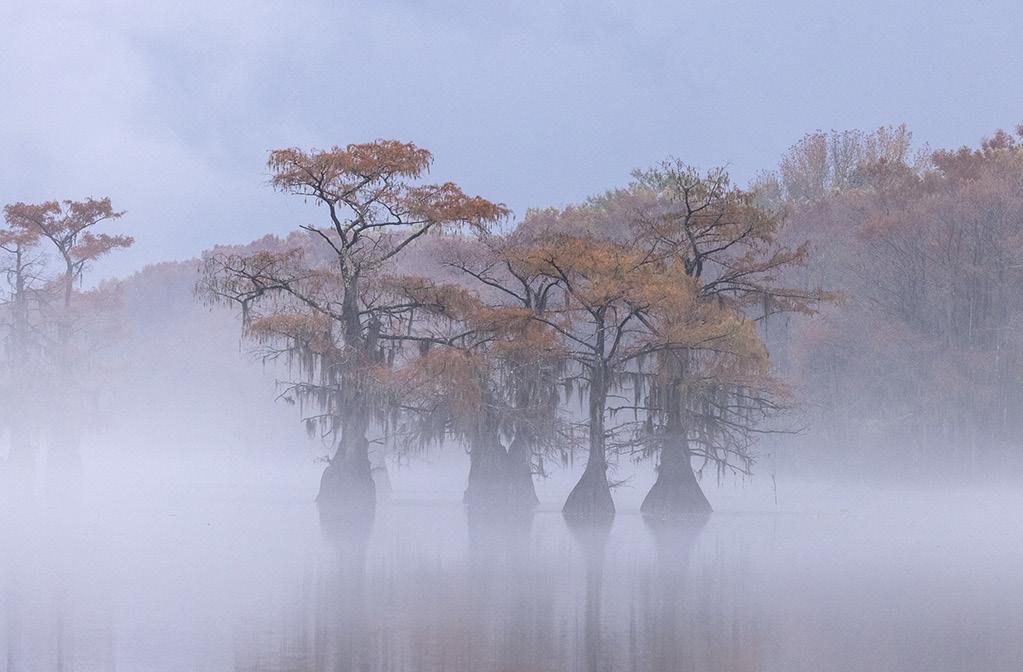
WINTER WILDLIFE
Feb 2025

COLORADO in AUTUMN
Sept/Oct 2024
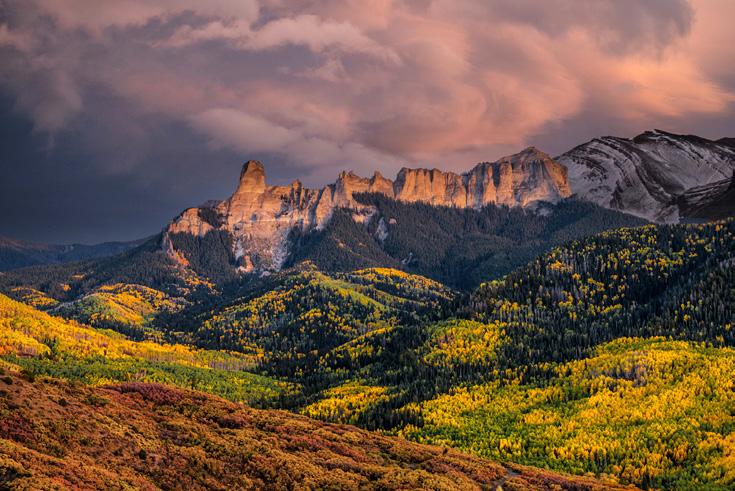
AUTUMN in JAPAN
Nov 2024

GREAT GRAY OWLS, CANADA
Feb 2025

PATAGONIA
Oct 2024

SNOWY OWLS in CANADA
Jan 2025

FAROE ISLANDS Apr/May 2025

SPAIN ECLIPSE
Apr 2025
Nov 2025 BHUTAN


Mar/Apr 2025

For a complete list of all the photo tours/workshops Jim conducts, go to his website: www.jimzuckerman.com.
PANTANALt
28
Great Gray Owls, Canada
February 16 - 21, 2025
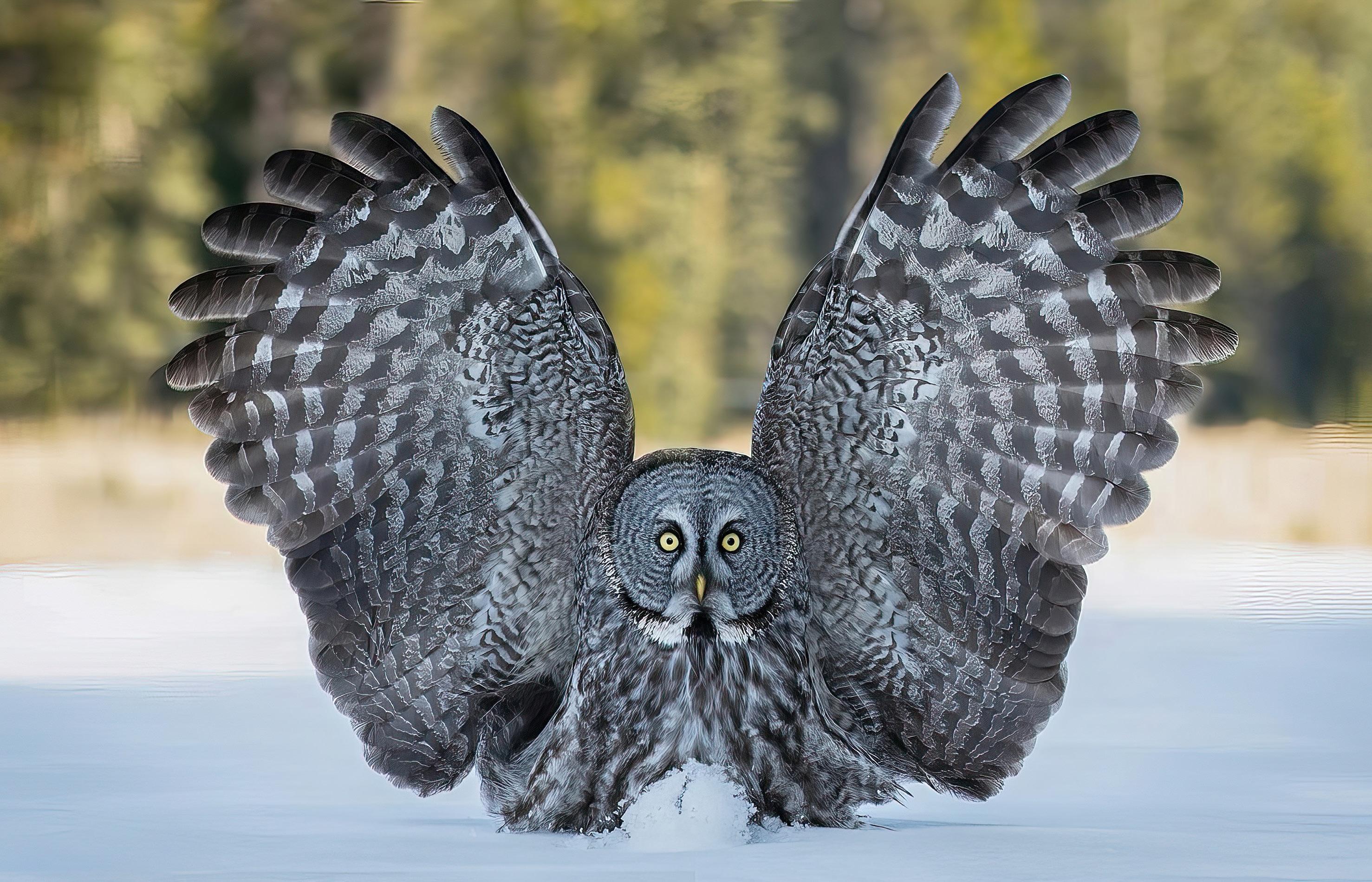
29
Student Showcase
Each month, Jim features one student who took beautiful and inspiring images on one or more of his photography tours or workshops. It’s really fascinating how photographers see and compose such different images even though we may go to the same places. Everyone takes great photographs on Jim’s trips.
Stephen Patterson, Stockton, California Pantanal photo tour, Indonesia wildlife tour
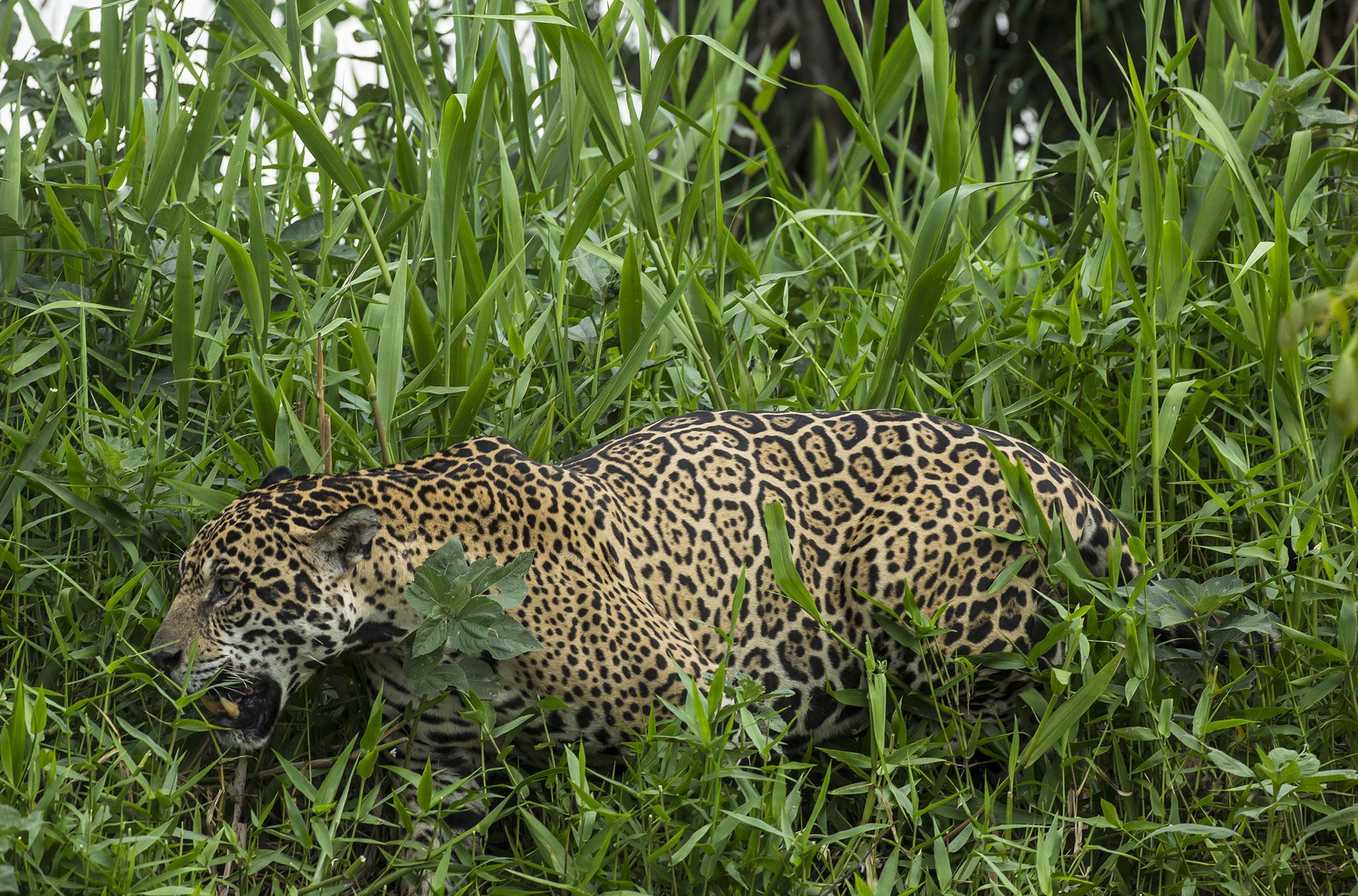

30 27 27
30
© Stephen Patterson
Student Showcase,
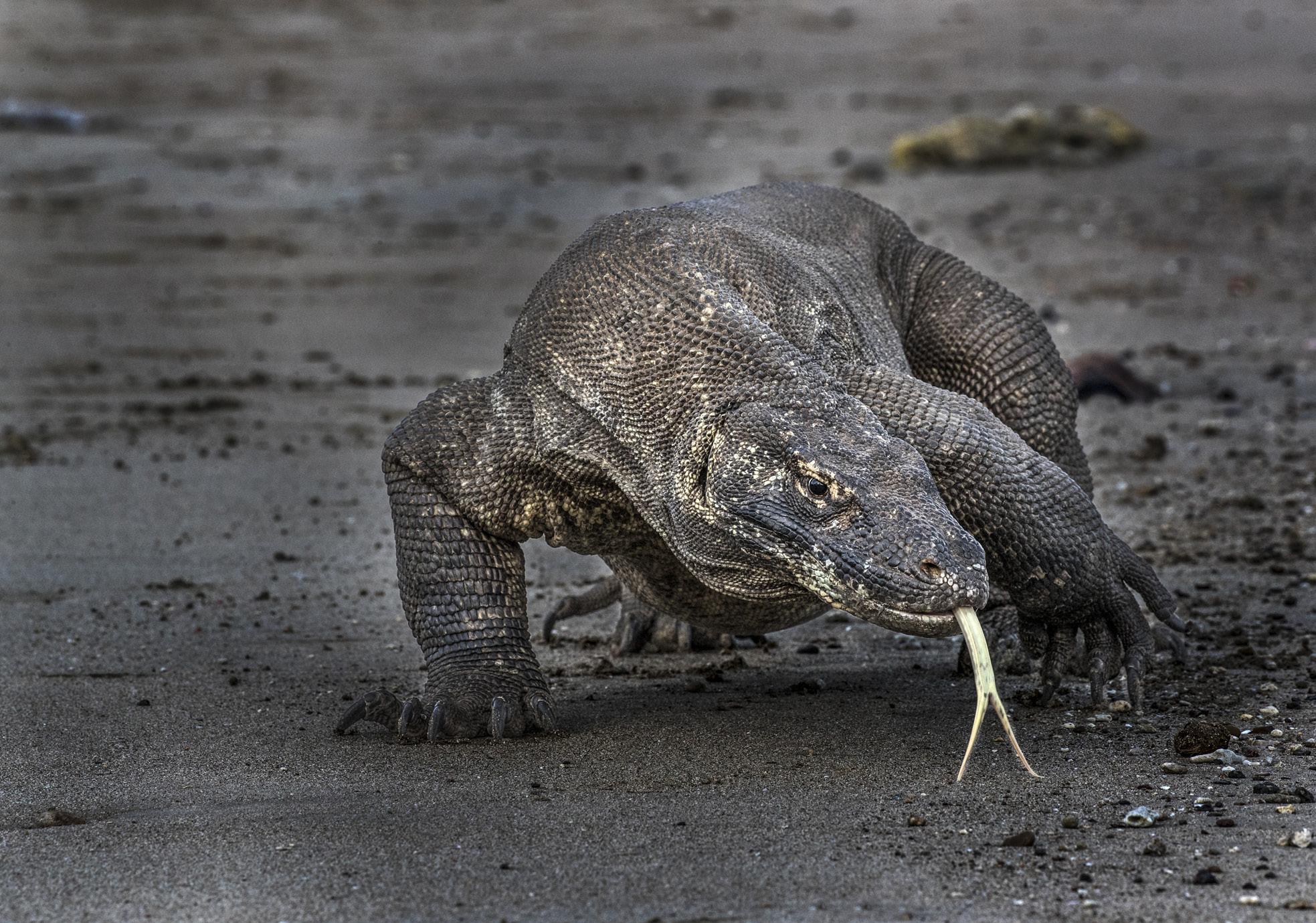
 © Stephen Patterson
© Stephen Patterson
31 333131 31 29 29
continued 31
Student Showcase,


3533 31 29 293129 31 33 35 33 37
continued 32
© Stephen Patterson
Student Showcase,

 © Stephen Patterson
© Stephen Patterson
333333 33 31 31 33 34
continued 33
Autumn in JAPAN
November 20 -29, 2024


34
SPAIN ECLIPSE PHOTO TOUR
August 6 to 16, 2026


35






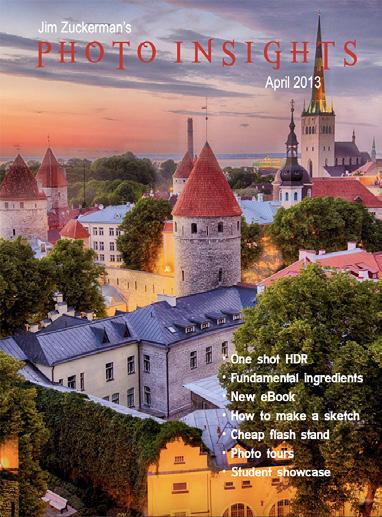

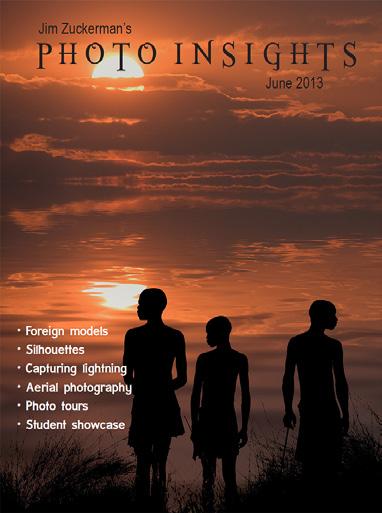









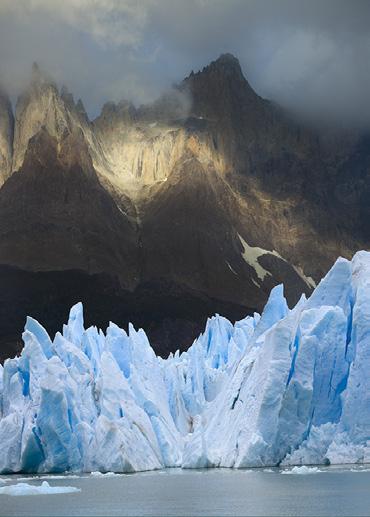


Nov. ‘12 Dec. ‘12 Jan. ‘13 Click on the past issues of P H O T O I N S I G H T S
would like to read. Feb. ‘13 Mar. ‘13 Apr. ‘13 May. ‘13 Jun. ‘13 Jul. 13 Aug. ‘13 Sept. ‘13 Feb. ‘14 Mar. ‘14 Apr. ‘14 May ‘14 Jun.‘14 Oct. ‘13 Nov. ‘13 Dec. ‘13 Jan. ‘14 36
you






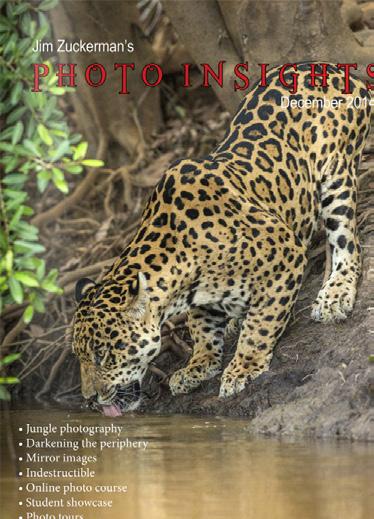


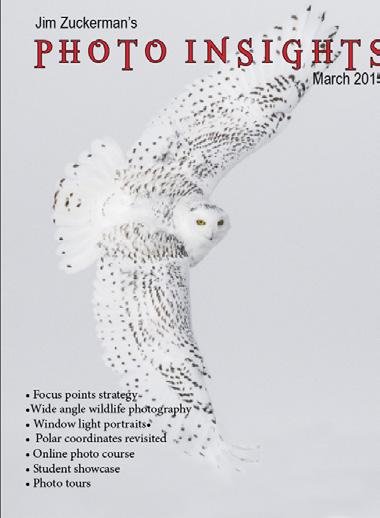
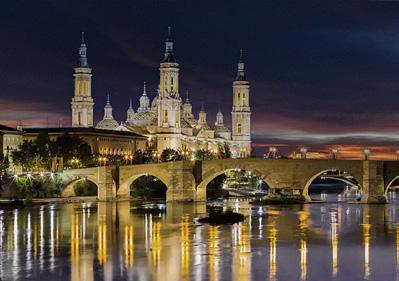
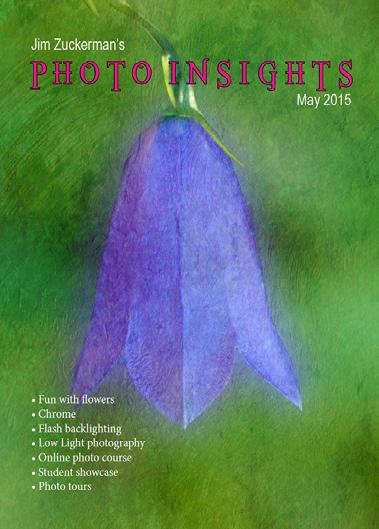

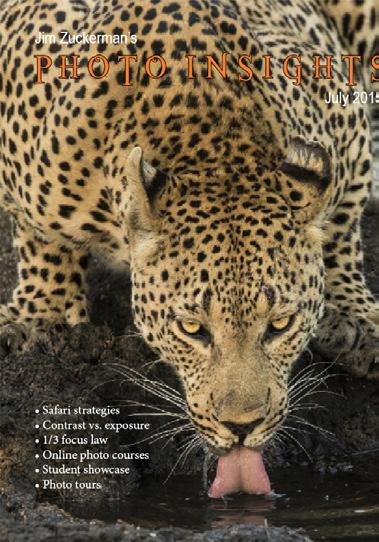
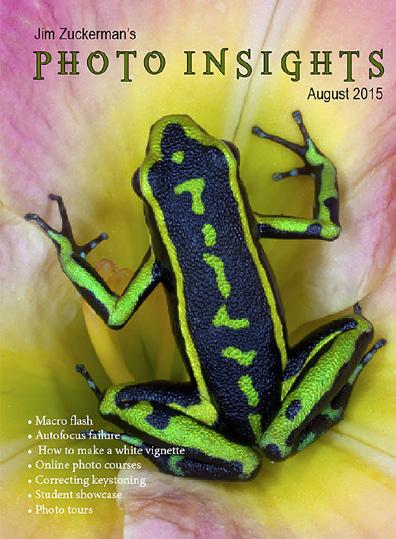
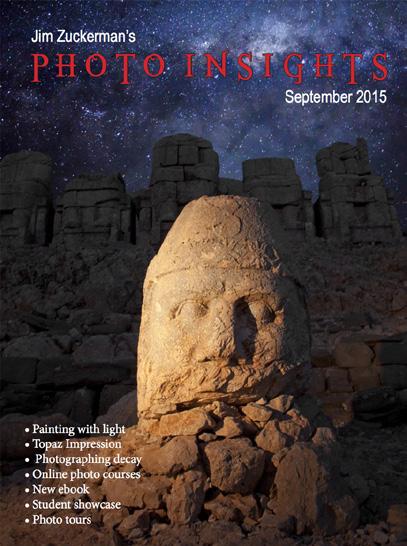





37
of P H O
Sept. ‘14 Oct. ‘14 Nov. ‘14 Dec.
May ‘15 Jun ‘15 Jul.‘15 Aug.‘15 Sept.‘15 Oct.‘15 Nov. ‘15 Dec. ‘15 Jan. ‘16 Feb. ‘16 Jan. ‘15 Feb. ‘15 Mar. ‘15 Apr. ‘15 Aug. ‘14 Jul.
Click on the past issues
T O I N S I G H T S you would like to read.
‘14
‘14




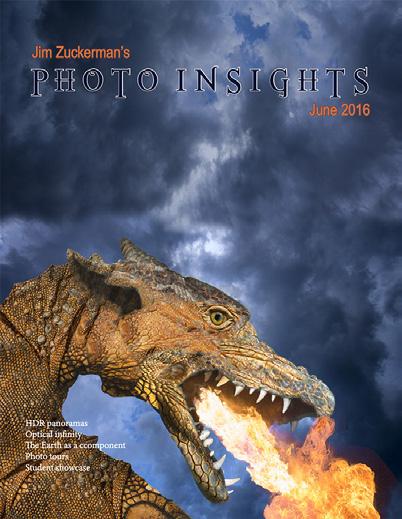








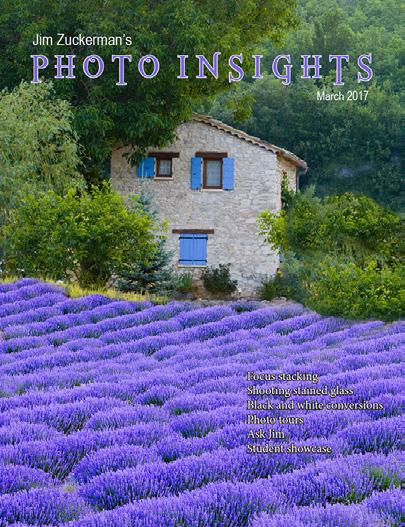







Mar. ‘16 Aug. ‘16 Jan. ‘17 Feb. ‘17 Mar. ‘17 Apr. ‘17 May ‘17 Jun ‘17 Jul. ‘17 Aug. ‘17 Sept. ‘17 Sept. ‘16 Oct. ‘16 Nov. ‘16 Dec. ‘16 Apr. ‘16 May ‘16 Jun ‘16 Jul. ‘16 Click on the past issues of P H O T O I N S I G H T S you would like to read. Oct. ‘17 38

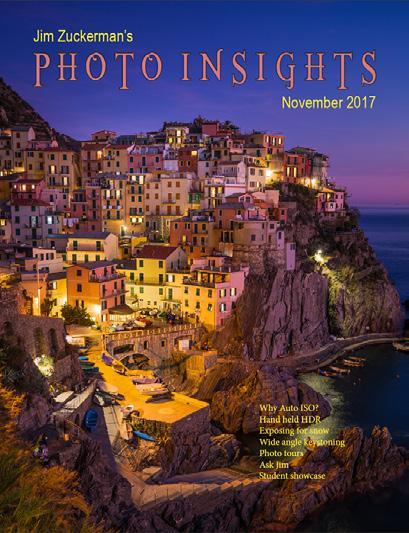








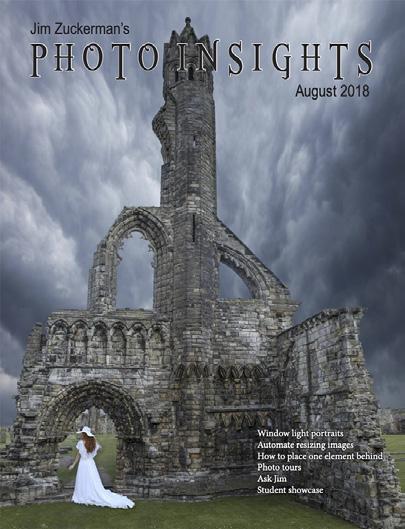





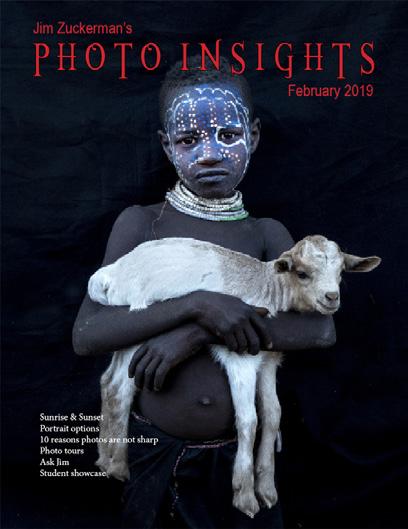




39
issues of P H O
Nov. ‘17 Dec. ‘17 Jan. ‘18 Feb. ‘18 Mar. ‘18 Apr. ‘18 May ‘18 Jun ‘18 Jul ‘18 Aug ‘18 Sept. ‘18 Oct. ‘18 Nov. ‘18 Dec. ‘18 Jan. ‘19 Feb. ‘19 Mar. ‘19 Apr. ‘19 May ‘19 Jun ‘19
Click on the past
T O I N S I G H T S you would like to read.

‘19 Jan. ‘20







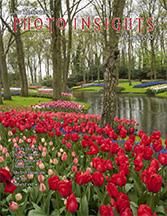


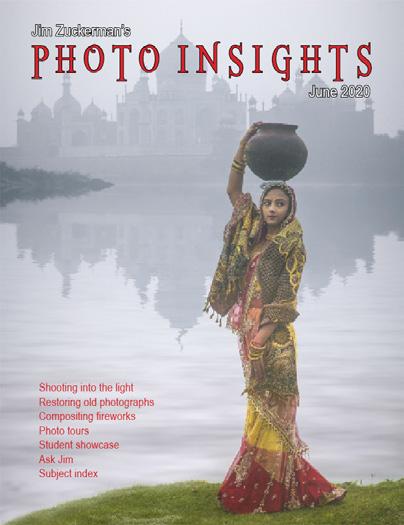

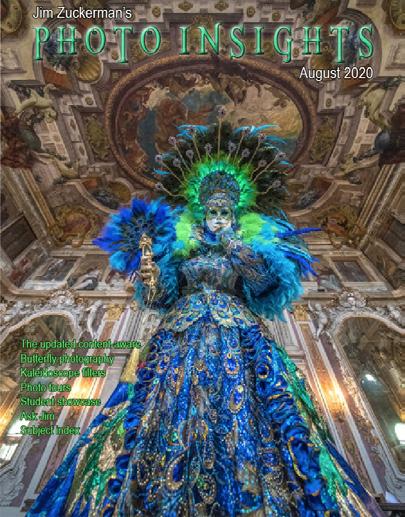





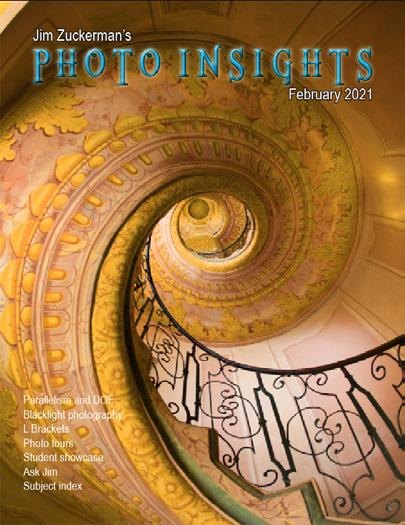

P H
Jun. ‘20 July ‘20 Aug. ‘20 Sept. ‘20 Oct. ‘20 Nov. ‘20 Dec. ‘20 Jan.. ‘21 Feb.. ‘21 Mar.. ‘21 Feb. ‘20 Mar. ‘20 Apr. ‘20 May ‘20 Aug. ‘19 Nov. ‘19 Dec. ‘19 Sept/Oct. ‘19 40
Click on the past issues of
O T O I N S I G H T S you would like to read. Jul.

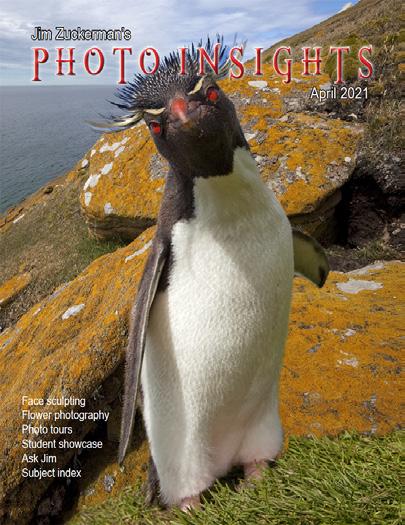
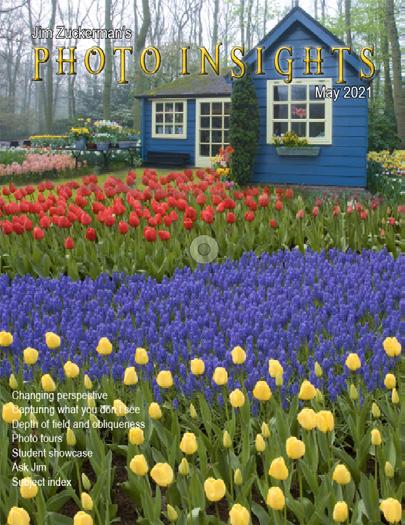




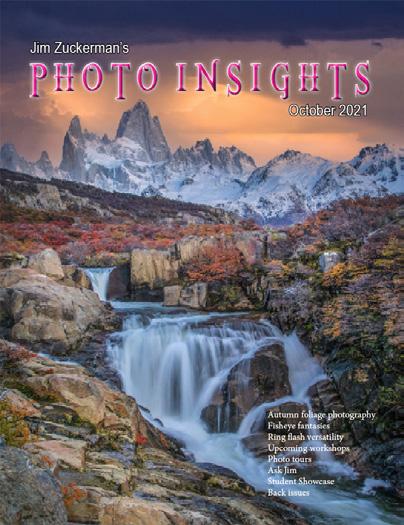
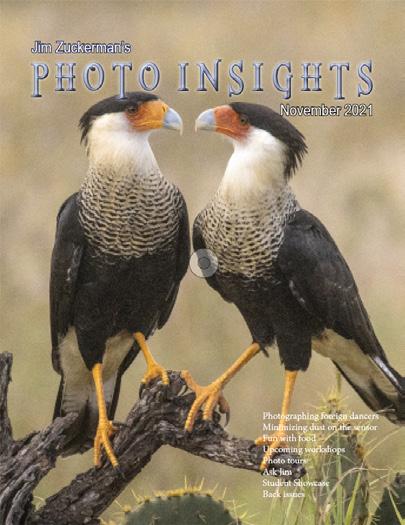


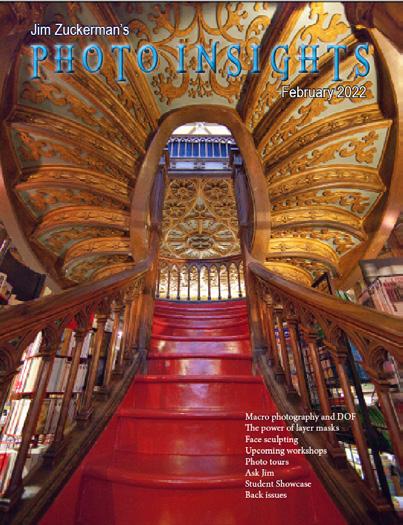









41 Apr.. ‘21 May ‘21 Jun.‘21 Jul.‘21 Aug.‘21 Sept. ‘21 Feb. ‘22 Mar. ‘22 Jul. ‘22 Aug. ‘22 Sept. ‘22 Oct. ‘22 Nov. ‘22 Apr. ‘22 May ‘22 Jun. ‘22 Oct. ‘21 Nov. ‘21 Dec. ‘21 Jan. ‘22

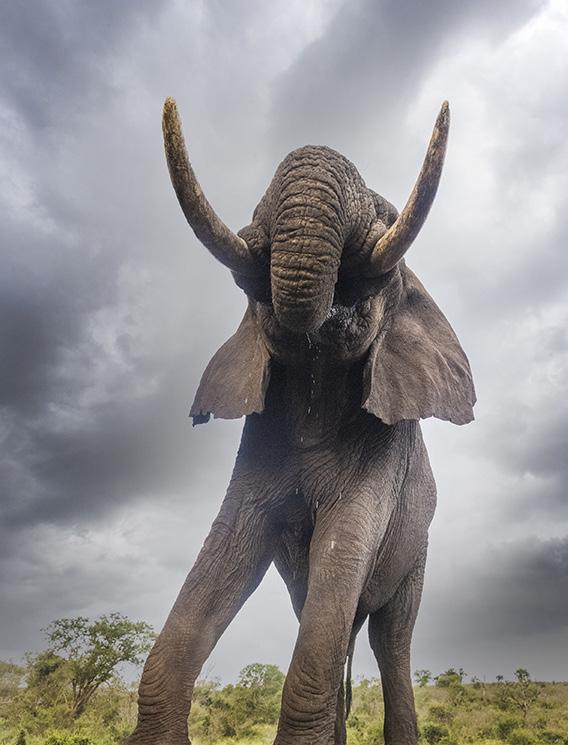












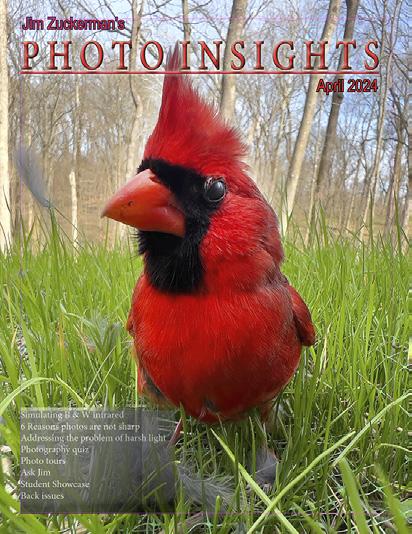


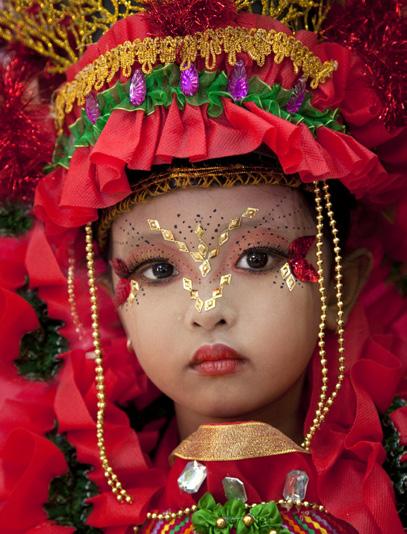

Dec. ‘22 Jan. ‘23 Feb. ‘23 Mar. ‘23 Apr. ‘23 May ‘23 Jun. ‘23 Jul. ‘23 Aug. ‘23 Sept. ‘23 Oct. ‘23 Nov. ‘23 Dec. ‘23 Jan. ‘24 Feb.. ‘24 Mar. ‘24 Apr. ‘24 May ‘24 42
Subject index for past Photo Insight issues
1/3 focus law Jul. ‘15
3D sphere Mar. ‘16
90 degree finder Mar. ‘13
Abstracts in soap Feb. ‘15
Abstracts, Shooting Mar ‘19
Aerial photography Jun. ‘13
Aerial photography Jan. ‘21
African safari May ‘16
AI plus Photograpjhy Oct. ‘23
Airplane windows Mar. ‘16
Alien landscapes Jan. ‘13
Anatomy of 8 photographs Jan. ‘16
Anatomy of an Action Shot Feb. ‘24
Angled perspectives Jan. ‘19
Aperture vs. shutter speed May ‘14
Aperture priority Sept. ‘14
Aurora Borealis Apr. ‘17
Auto white balance Dec. ‘13
Autofocus, when it fails Apr. ‘15
Autofocus failure Aug. ‘15
Autofocus failure Jan. ‘17
Autofocus challenges Apr. ‘18
Auto ISO Nov ‘17
Auto White Balance Mar’ ‘21
Autumn Foliage Sep. ‘18
Autumn Color Sep. ‘20
Autumn foliage photography Oct. ‘21
AWB versus Daylight WB May ‘24
t Back button focus Oct. ‘18
Backgrounds, wild Nov. ‘12
Backgrounds, busy Apr. ‘13
Backlighting Apr. ‘16
Backlighting Oct. ‘22
Birds in flight
Aug. ‘13
Birds in flight Jan. ‘14
Birefringence May ‘18
Birds in flight Mar. ‘16
Birds in flight, camera settings Jan. ‘23
Bird Photography Jun ‘19
Black backgrounds Aug. ‘23
Blacklight photography Feb. ‘21
Black velvet Mar. ‘14
Black and white conversions Mar. ‘17
Black and white infrared Apr. ‘24
Black and white solarization Sep. ‘17
Black and white with color Jan. ‘20
Black and white plus color Mar. ‘23
Blown highlights Feb. ‘18
Blue monochromes Jan. ‘22
Black Plexy Aug. ‘22
Blur, field Nov. ‘18
Blur technique Oct. ‘17
Bokeh Jun. ‘15
Botanical gardens, shooting Apr. ‘22
Butterfly photography Jul. ‘14
Camera buying guidelines Dec. 21
Camera settings for landscapes Feb. ‘23
Camera setting priorities Jun. ‘17
Canon R5 Mar. ‘21
Capturing lightning Jun. ‘13
Capturing what you don’t see May ‘21
Catchlights Jul. ‘16
Changing perspective May ‘21
Cheap flash stand Apr. ‘13
Children photography Jun. ‘14
Choosing a telephoto lens Dec. ‘20
Chromatic aberration May ‘13
Chrome Dec. ‘18
Cityscapes Aug. ‘14
Cityscapes May ‘16
Clone tool, fixing an issue Sep. ‘17
Clone tool technique Jul. ‘20
Color theory Nov. ‘23
Composites and Light Dec. ‘17
Compositing images Apr. ‘19
Compositing, 7 steps Jan. 22
Composition, different approach Jan. ‘15
Content-aware, New Aug. ‘20
Content aware move tool Jan. ‘23
Contrast vs. exposure Jul. ‘15
Converting to black and white Mar. ‘22
Correcting keystoning Jun. ‘21
Creating a star field Jan. ‘14
Creating Art out of Motion May ‘22
Creating a Sketch Dec. ‘17
Creative blurs Jan. ‘14
Custom functions Jul. ‘23t
Dark backgrounds Nov. ‘19
Dawn photography Jan. ‘17
Dawn photography Feb. ‘17
Dead center Jan. ‘13
Dead center Oct. ‘23
Dealing with smog Oct. ‘16
Decay photography Sep. ‘15
Define Pattern Sep. ‘18
Depth of field Aug. ‘16
Depth of field confusion Jan. ‘20
Depth of field and distance Dec. ‘18
Depth of field and obliqueness May ‘21
Depth of field, shallow Apr. ‘20
Depth of field vs. sharpness Nov. ‘20
Double takes Apr. ‘20
Drone photography Mar. ‘23
Drop shadows Apr. ‘19
Dust, Minimizing Aug. ‘19
eBook, how to make Jan. ‘13
Elevated vantage points Aug. ‘23
Eliminating people from photos Jun. ‘22
Embedded in Ice Oct. 17
Energy saving bulbs Sep. ‘14
Equidistance and telephoto lenses Apri. ‘23
Exploring the power visuals of AI Mar. ‘23
Exposing for the sun Sep. ‘16
Exposure, the sun Jul. ‘13
Exposure technique Sep. ‘13
Exposure, snow Jan. ‘14
Exposure triangle Nov. ‘14
Exposure, to the right Apr. ‘15
Exposure compensation Sep. ‘16
Exposure compensation Mar. ‘21
Extension tubes Dec. ‘13
Extension tubes Jul. ‘23
Face sculpting Apr. ‘21
Face sculpting Feb. ‘22
Festival photography Sep. ‘20
Fill flash Sep. ‘13
43
Subject index for past Photo Insight issues
Filter forge
Fireworks
Feb. ‘13
Jul. ‘13
Fireworks, Compositing Jun ‘20
Fisheye lenses
Fisheye lenses
Fisheye fantasies
Flash backlighting
Flash, balancing exposure
Flash, balancing off-camera
Flat art
Flexify 2
Flood fixes problems
Floral Portraits, Indoors
Flowers
Flower photography
Flowers in harsh light
Focus on the eyes
Focus points
Focus points
May ‘13
Feb. ‘15
Oct. 21
May ‘15
Oct. ‘15
Dec. ‘18
Sep. ‘16
Mar. ‘20
Nov. ‘19
Aug. ‘21
May ‘15
Apr ‘21
Jul. ‘16
Dec. ‘20
Mar. ‘15
Sep. ‘20
Focus stacking Mar. ‘17
Focus stacking Aug. ‘19
Focusing in the dark Oct. ‘16
Foreign Dancers, Photographing Nov’ 17
Foreign models
Jun. ‘13
Fractals, generating Sep. ‘13
Fractals
Framing
Framing
Freezing ultra action
Jul. ‘19
May ‘17
Jan. ‘24
May ‘17
From Terrible to Beautiful Aug. ‘19
Fun with paint
Fundamental ingredients
Oct. ‘16
Apr. ‘13
Fundamentals That Make Great Photos Jan. ‘19
Fun With Christmas Lights Jan. ‘21
Fun with Food
Graphic Design
Garish imagery
Generative fill
Jul. ‘20
Dec. ‘15
Jun. ‘23
Getting money for used gear Jan.’ 22
Getting the blues out Dec. ‘23
Great subjects Apr. ‘15
Great ceilings & HDR Panos Jul. ‘19
Green screen Mar. ‘13
Ground level shooting Oct. ‘22
Grunge technique Feb. ‘13
Harsh light, the problem of Apr. ‘24
Heavy Lens Debate, The Feb. ‘23
HDR, one photo Apr. ‘13
HDR at twilight May ‘13
HDR, realistic
Jun. ‘15
HDR, hand held Dec. ‘16
HDR, hand held Nov ‘17
HDR, hand held Jul. ‘18
HDR panoramas Jun. ‘16
HDR, choosing the number of frames Jun. ‘22
High wind Apr. ‘17
Highlights Apr. ‘14
Highlights, overexposed Feb. ‘15
Histograms, Why I Don’t Use Jun ‘19
Histogram problems Apr. ‘20
Home nature projects Jun. ‘23
Hotels with a view Mar. ‘20
Humidity Oct. ‘13
Hummingbird photography Apr. ‘13
Hyperfocal distance Jul. ‘13
Image resizing Aug. ‘18
Implying motion Sept.‘14
Impossible DOF Feb. ‘16
Impossible DOF Jan. ‘17
Indestructible camera bag Dec. ‘14
Infrared photography Jul. ‘14
Insane ISO settings Dec. ‘22
Interiors Oct. ‘15
iPad: Loading photos Aug.‘17
iPhone photography, pros and cons Apr. ‘22
Jungle photography Dec. ‘14
Kaleidoscopic images Jan. ‘15
Kaleidoscopis images Aug. ‘20
Keystoning Nov. ‘23t
Keystoning, correcting Aug. ‘15
L Bracket Feb. ‘18
L Bracket Feb. ‘21
Landscape photography Dec. ‘12
Landscape photography Apr. ‘14
Landscape photography Nov. ‘16
Layer Masks, The Power of Feb. ‘22
Lessons Learned from Extreme Cold Feb. ‘24
Light fall-off Feb. ‘14
Light painting Dec. ‘21
Lighting a face Oct. ‘13
Lightning photography May ‘20
Liquify Feb. ‘18
Liquify Distortions Sept/Oct. ‘19
Lenses, Essential Aug. ‘23
Long lens portraits Oct. ‘18
Long Lenses for Flowers Jul. ‘20
Low light photography May ‘15
Luminar 4 Jan. ‘20
Macro flash Nov. ‘12
Macro flash Sep. ‘14
Macro flash Aug. ‘15
Macro flash Aug. ‘22
Macro photography and DOF Feb. ‘22
Macro trick May ‘19
Managing soft focus Jul. ‘21
Mannequin heads Apr. ‘16
Metering modes Nov. ‘16
Meters, How They Work Jul. ‘18
Meters, when they fail Dec. ‘16
Metering situations, Impossible Jul. ‘19
Middle gray Nov. ‘15
Milky Way, Shooting thet
Minimizing dust on the sensor Nov. ‘21
Mirrors Jan. ‘19
Mirror images May ‘23
Model shoot Jan. ‘17
Moon glow Oct. ‘16
Mosaics Jun. ‘17
Mundane to Ideal Nov. ‘19
Museum photography Mar. ‘13
Natural Light Portraits Aug. ‘21
Negative space Jan. ‘16
Neon edges on black Aug. ‘14
44
Optical infinity
Subject index for past Photo Insight issues
Jun. ‘16
Neutral Density filters Jun. ‘18
New depth of field preview Mar. ‘24
New shooting style Mar. ‘24
Neutral Density filters and water Mar. ‘22
Night photography Feb. ‘14
Night Safaris Jun. ‘18
Night to Twilight Dec. ‘17
Noise reduction Feb. ‘17
Off-camera flash
Jan. ‘24
Oil and water May ‘20
Organization of photos Mar. ‘18
Out of focus foregrounds Jan. ‘20
Paint abstracts May ‘13
Paint abstracts Aug. ‘21
Painting with light Sep. ‘15
Panning motion Dec. ‘16
Pano-Mirrors with a twist Jan. ‘18
Parades Sep. ‘13
Parallelism Nov. ‘19
Parallelism and DOF Feb. ‘21
Perspective, Super Exaggeration of Dec. ‘21
Photo shsaring Apr. ‘23
Photo terms Nov. ‘22
Photographing Christmas Dec. ‘23
Photography to Art Dec. ‘17
Photography solutions Jan. ‘18
Photoshop, content Aware Nov. ‘12
Photoshop, sketch technique Apr. ‘13
Photoshop, replace background Apr. ‘13
Photoshop, actions palette Dec. ‘13
Photoshop, layer masks Feb. ‘13
Photoshop, the clone tool May ‘13
Photoshop, soft foliage Oct. ‘13
Photoshop, mixer brush tool Sept. ‘14
Photoshop, b & w with color Jun. ‘14
Photoshop, drop shadows Jul. ‘14
Photoshop, creating texture Feb. ‘14
Photoshop, face mirrors Feb. ‘14
Photoshop, liquify Mar. ‘14
Photoshop, face mirrors Aug. ‘14
Photoshop, digital spotlight Sep. ‘14
Photoshop, enlarge eyes Nov. ‘14
Photoshop, darken the periphery Dec. ‘14
Photoshop, mirror images Dec. ‘14
Photoshop, beam of light Apr. ‘15
Photoshop, polar coordinates Mar. ‘15
Photoshop, chrome May ‘15
Photoshop, actions palette Nov. ‘15
Photoshop, cut and paste Nov. ‘15
Photoshop, geometrics Oct. ‘15
Photoshop, plugins Oct. ‘15
Photoshop, multiple selections Apr. ‘16
Photoshop, sharpening Apr. ‘16
Photoshop, Flood plugin Apr. ‘16
Photoshop, Desaturation Aug. ‘16
Photoshop, making a composite Aug. ‘16
Photoshop new tool May ‘20
Photoshop, place one element behind Aug. ‘18
Photoshop, the pen tool Feb. ‘16
Photoshop, canvas size Jan. ‘16
Photoshop, using the earth Jun. ‘16
Photoshop, define patterns May ‘16
Photoshop, paste into Nov. ‘16
Photoshop, b & w with color Feb. ‘17
Photoshop, open a closed door Apr. ‘17
Photoshop, palettes May ‘17
Photoshop, My favorite plugins Jan. ‘20
Portrait options Jan. ‘19
Portrait techniques Nov. ‘15
Portraits Mar. ‘13
Portraits, mixed lighting Aug. ‘14
Portrait Professional Nov. ‘19
Portraits, Lens choice Sept/Oct. ‘19
Portraits, side lighting Sep. ‘17
Portraits, window light Mar. ‘15
Portraits, outdoors May ‘17
Post-processing checklist Dec. ‘13
Post-processing: Contrast Aug. ’17
Practicing graphic design, Part I Dec. ‘22
Practicing graphic design, Park II Jan. ‘23
Practicing graphic design, Part III Feb. ‘23
Pre-capturing technology May ‘23
Predictive Focus Sep. ‘18
Problem/solution Apr. ‘17
Problem Solving in Photoshop May ‘22
Problem with cruises Jan. ‘18
Protecting extremeities from the cold Dec. ‘22
Protecting highlights Dec. ‘12
Puppies Jan. ‘15
Puppy photography Feb. ’18
Reflections Feb. ‘13
Reshaping faces Oct. ‘22
Restoring old photos Jun ‘20
Ring flash, advantages Jul. ‘21
Ring flash versatility Oct. ‘21
Rule of Odds May ‘22
Safari May ‘13
Safari strategies Jul. ‘15
Seeing as the lens does Nov. ‘14
Seeking Cool Snow Photos Jan. ‘21
Selective filtering Mar. ‘18
Selective focus Jun. ‘15
Self-critiques Jul. ‘13
Self-critiques Oct. ‘13
Self-critiques Nov. ‘20
Sensor cleaning Jun. ‘18
Sepia and dark contrast Jun. ‘15
Sepia, Traditional look of Shade May ‘14
Shady side Jun. ‘18
Shadows define the shot Dec. ‘23
Shadows, Paying Attention to Mar. ‘18
Sharp, 6 reasons why photos are not Apr. ‘24
Sharpness problems Mar. ‘14
Shooting in Inclement Weather Nov. ‘22
45
Subject index for past Photo Insight issues
Shooting thru glass May ‘24
Shooting through textured glass May ‘23
Shooting through wire mesh Sept. ‘14
Shooting into the light Jun ‘20
Side lighting Jan. ‘24
Silhouettes Jun. ‘13
Silhouettes, How to make Apr. ‘22
Silhouettes, Exposing for Sept/Oct. ‘19
Silvered landscapes Mar. ‘20
Sketch, How to Make Jun ‘19
Skies make or break a picture Aug. ‘21
Sky replacement Nov. ‘20
Sky replacement strategies Aug. ‘22
Snow exposure Nov ‘17
Snow exposure Nov. ‘19
Soap abstracts Aug. ‘23
Soft light Jan. ‘13
Smart phone photography May ‘19
Stained glass Mar. ‘17
Star photography
Star photography and noise Jan. ‘18
Stock photography Sep. ‘14
Sunrise & sunset Jan. ‘19
Tamron 150-600mm Apr. ‘14
Ten reasons photos are not sharp Jan. ‘19
Texture, Adding Mar ‘19
Texture Mapping in 3D Jul. ‘21
Topaz AI Gigapixel Mar ‘19
Topaz glow Jan. ‘15
Topaz glow Sep. ‘17
Topaz Impression Sep. ‘15
Topaz Remask 5 Oct. ‘17
Topaz Simplify 4 Dec. ‘12
Topaz simplify 4 Jun. ‘14
Topaz Studio Apr. ‘18
Total solar eclipse, How to shoot Mar. ‘24
Translucency & backlighting Nov. ‘18
Travel photography Feb. ‘13
Travel portraits Mar. ‘14
Travel tips Apr. ‘14
Travel photographer’s guide Jun. ‘17
Tweaking exposure on the fly Apr. ‘23
Twilight photography in the rain Apr. ‘19
Twilight, Creating Oct. ‘23
Tripods Mar. ‘18
Two subject sharp rule May ‘14
Two subject focus rule Jan. ‘20
Two subject focus rule Jun. ‘21
Urban heights Jun. ‘21
Ultra distortion May ‘18
Unusual Panos Nov. ‘22w
Upside Down Reflections Aug. ‘21
Quiz answers
1. b 2. a 3. d 4. a 5. d 6. a 7. c 8. b 9. c 10. a
Your score 90% - 100%: You could have been a pro 80% - 89%: Your glasses probably need a new prescription
- 79%: Just don’t quit your day job
< 70%: You should really be using an iPhone
70%
46
Subject index for past Photo Insight issues
Warm fingers in winter
Water drop collisions
Nov. ‘15
May ‘18
What NOT to do in photography Apr. ‘18
When You Needed a Zoom
White on White
Aug. ‘21
Dec. ‘20
White on White Nov. ‘23
White vignette Aug. ‘15
White balance Feb. ‘15
White balance, custom Mar. ‘16
White balance, What Jun. ‘23
Wide angle conundrum May ‘19
Wide angle distortion, correcting May ‘24
Wide angle lenses
Mar. ‘13
Wide angle portraits Nov. ‘14
Wide angle lenses Jun. ‘17
Wide angle lenses: Outside the Box Jun. ‘22w
Wide angle keystoning Nov ‘17
Wildlife photos with wide angles Mar. ‘15
Window light Dec. ‘15
Window light portraits Aug. ‘18
Window light portraits Feb. ‘24
Window frames Feb. ‘16
Winter photography Dec. ‘12
Winter bones May ‘13
Winter photography Dec. ‘15
Winter photography Nov. ‘18
Wire Mesh, Shooting Through Jul. ‘18
Workflow
May ‘13
47

PHOTO INSIGHTS published monthly by Jim Zuckerman All rights reserved © Jim Zuckerman 2024 email: photos@jimzuckerman.com Edited by Donald Moore The Matterhorn refecting in Rifflesee Lake.T. 48

































































 © Stephen Patterson
© Stephen Patterson



 © Stephen Patterson
© Stephen Patterson




















































































































































